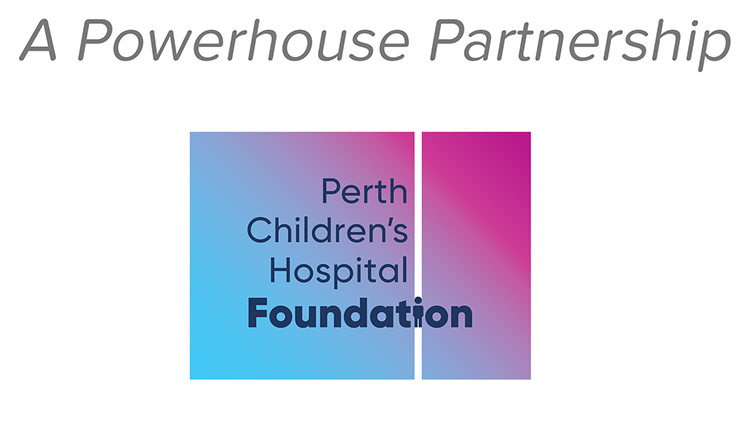Air trapping in early cystic fibrosis lung disease—Does CT tell the full story?
Abstract
Introduction: Mosaic attenuation on expiratory chest computed tomography (CT) is
common in early life cystic fibrosis (CF) and often referred to as “air trapping”. It is
presumed to be localized hyperinflation due to small airway obstruction. In order to
test this assumption, we compared air trapping extent to lung volumes measured on
CT in young children with CF.
Materials and Methods: Children aged below 7 years undergoing inspiratory/
expiratory CT were recruited from the Australian Respiratory Early Surveillance Team for Cystic Fibrosis cohort. Automated lung segmentation was used to determine
functional residual capacity (FRC), total lung capacity (TLC), and their ratio (FRC/TLC). Structural lung disease (%Disease) and air trapping (%TrappedAir) extent were assessed using PRAGMA-CF. Lung clearance index (LCI), an index of ventilation heterogeneity, was measured. Linear mixed model analysis was used to determine associations.
Results: Seventy-three scans from 55 patients were obtained. %TrappedAir was
associated with %Disease (0.19 [0.07, 0.31]; P = 0.003) and LCI (0.22 [0.04, 0.39];
P = 0.016), but not FRC/TLC (0.00 [−0.02, 0.02]; P = 0.931).
Discussion: CT mosaic attenuation is associated with CF lung disease, however it is not always accompanied by physiologic hyperinflation. Other pathologies may contribute to mosaic attenuation. A better understanding of these factors could guide future therapies.
Authors: Tim Rosenow, Kathryn Ramsey, Lidija Turkovic, Conor P. Murray, L. Clara Mok, Graham L. Hall, Stephen M. Stick on behalf of AREST CF.
Published in Pediatric Pulmonology in June 2017.
Discover. Prevent. Cure.



